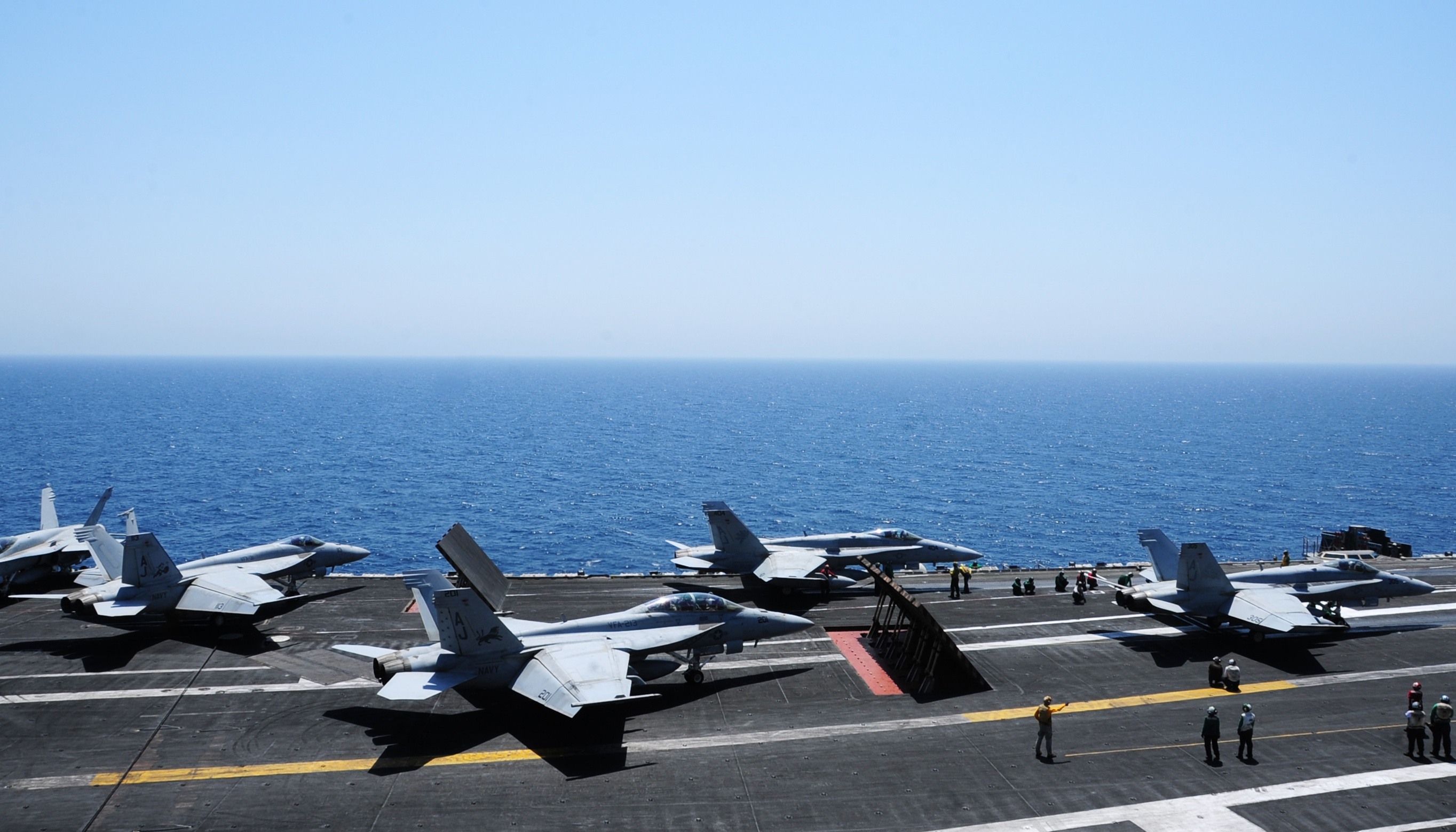
The U.S. military has launched more than a dozen air strikes against Iraq and Syria Islamic State (ISIS or ISIL) forces in northern Iraq, but the terrorists are adapting to operating while under attack from American air power.
“One of the things that we have seen with the ISIL forces is that where they have been in the open, they are now starting to dissipate and to hide amongst the people,” said Lt. Gen. Bill Mayville, director of operations at the Pentagon’s Joint Staff during a Pentagon briefing on Monday.
“The targeting in this is going to become more difficult.”
Thus far U.S. Air Force and Navy aircraft have conducted 15 air strikes against ISIS forces in a bid to protect U.S. citizens and facilities in Iraq as well as trying to break a siege of Sinjar Mountain where the Iraqi Yazidis groups face potential extermination.
U.S. air assets taking part in the campaign include Boeing F-15E Strike Eagles, Lockheed Martin F-16 Fighting Falcons and General Atomics MQ-1 Predators. The Navy is also participating with Boeing F/A-18 Hornets flying off the deck of USS George H.W. Bush (CVN-77).
“These airstrikes have helped check the advance of ISIL forces around Sinjar and in the area west of Erbil,” Mayville said.
In addition to the air strikes, U.S. forces are also conducting intelligence, surveillance and reconnaissance (ISR) flights over Iraq.
“Over 60 intelligence, surveillance and reconnaissance aircraft are supporting our coalition efforts in Iraq,” Mayville said.
But American efforts in Iraq are neither designed to defeat ISIL—nor has the campaign done much except to temporarily blunt the terror group’s offensive.
“We assess that U.S. airstrikes in northern Iraq have slowed ISIL’s operational tempo and temporarily disrupted their advances toward the province of Erbil,” Mayville said.
However, these strikes are unlikely to affect ISIL’s overall capabilities or its operations in other areas of Iraq and Syria.
“Our current operations are limited in scope to protect U.S. citizens and facilities, to protect U.S. aircraft supporting humanitarian assistance, and to assist in the breakup of ISIL forces that have laid siege to the Sinjar Mountain,” Mayville said.
Meanwhile, humanitarian relief flights continue.
“Over the last four nights, U.S. and UK aircrews have flown 14 successful missions, airdropping more than 310 bundles of food, water, and medical supplies, delivering almost 16,000 gallons of water and 75,000 meals,” Mayville said.





